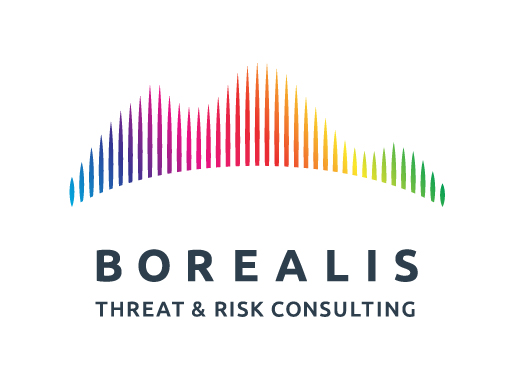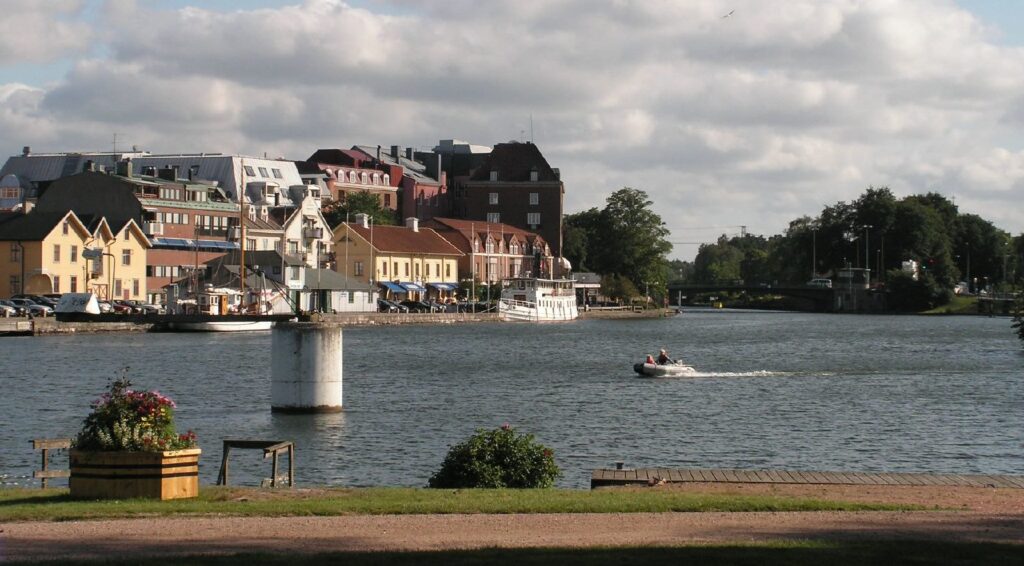Our continued difficulty in defining what terrorism is and what it is not is not helpful.
If I am not mistaken most people probably have a good, if not a very good, impression of New Zealand. Far off in the South Pacific and hence hard to get to (trust me, I’ve been there four or five times and it takes forever!) it is nevertheless a beautiful land full of amazing scenery and very nice people (kinda like Canadians). Besides, that was where The Lord of the Rings was filmed: that sells it for me!
It is also a relatively peaceful nation with a relatively low crime rate. As one Website put it: “You’re more likely to get hurt while participating in an extreme sport than by a criminal down here”. Sounds good to me.
And yet, a few years back NZ was the scene of a horrific mass murder. A right-wing extremist from Australia, Brenton Tarrant, entered two mosques in Christchurch in the South Island in March 2019 and opened fire. By the time he had finished shooting 51 people were dead and another 40 wounded. In August 2020 he was sentenced to life in jail without parole – the first person in the country’s history to receive the sentence. One of the counts on which he was found guilty was terrorism, again a first in NZ.
By all accounts NZ Prime Minister Jacinta Ardern put in an extraordinary performance in the aftermath of this tragedy. She said and did the right things and in essence was the true leader everyone looks for when things of this nature happen. Unlike certain heads of state in recent history who shall remain nameless (ok, ok, I AM referring to Trump!).
New Zealand reverted to its usual low key self afterwards. Not all places are so lucky.
Fast forward to last week and the land which experiences more mass shootings than any other witnessed yet another one. Last Thursday (April 15) a 19-year old former FedEx employee entered a facility near Indianapolis and killed eight and wounded several more before taking his own life. The FBI is rightly cautioning against jumping to conclusions on a motive for the crime. During an earlier investigation into the shooter – his mother was concerned he would try to get killed in what is known as ‘suicide by cop’ – the FBI noted “no Racially Motivated Violent Extremism (RMVE) ideology was identified during the course of the assessment.”
So, where does this leave us?
In a phrase, in the realm of uncertainty.
Tarrant’s spree was definitely an act of terrorism as he was known to espouse anti-Islamic and pro RWE ideas. In other words, his actions were a) extremely violent and b) ideologically-motivated which makes them terrorist in nature. The Indianapolis shooter’s reasons are as yet unknown and may never be discovered as he is not cooperating with police (on account that he is dead). Despite our hunger for why we may have to satisfy ourselves with “we do not know”.
Alas, this information gap has not stopped some from leaping to conclusions. As four of the dead were Sikh an advocacy group has already urged a probe of possible racial or ethnic hatred as a factor, despite a grand total of zero clues in that regard. It is nevertheless likely that conclusions have been drawn and some of these will be hard to undermine regardless of whether new information surfaces in the weeks and months to come.
The bottom line
The unnecessary deaths of eight FedEx workers may be nothing but a terrible act of violence by a messed up young man (there is some possible link to mental illness here). That the act was terrifying is not in question. That it was terrorism is, despite NZ‘s unfortunate decision to include ‘fear incitement’ in its revised definition of terrorism, most definitely still at issue. I am sure that the criminal ‘incited fear’: that does not make him a terrorist.
I once again see that we are losing the thread when it comes to what is and what is not terrorism. The ‘court of public opinion‘ rather than the real court has already ruled and there is no room for appeal. We continue to have ‘terrorism on the brain’ and a whole slew of vested interests (ethnic and other socially-structured groups, lobbies, academics, etc.) are using any excuse to label any act of violence committed by an identifiable gathering as terrorist (hello incels!).
This is neither necessary nor productive. If those making these noises succeed and end up influencing governments to make policy and operational decisions to expand the terrorism remit we will see organisations responsible for countering it end up with way too much on their plates (which are already overfull in an all-you-can-eat buffet way). That ain’t good.
Let’s come to an agreement shall we?
Let’s refrain from calling just about everything ‘terrorism‘ before the facts – any facts! – are in. And let’s stop classifying every brain fart produced by every Tom, Dick and Harriet as an ‘ideology‘. Let’s keep terrorism where it belongs: a thankfully rare event (in most places that are not Afghanistan) that does not need more attention than it deserves.
Please?
Read More about Right Wing Extremism

Is Canada’s security service focusing on the right terrorist threat?
The decision to shift counter terrorism resources from jihadis to RWE is ill-advised and may come back to bite us one day.

Raffaello Pantucci – What if many are getting the RWE problem wrong?
The accepted narrative in the West these days is that the greatest terrorist threat stems from the far right, no longer jihadis. But does it?

October 22, 2015: Sword-wielding terrorist attacks in Sweden
On October 22, 2015 a neo-Nazi armed with a sword killed a pupil and a teacher at a school in the Swedish town of Trollhattan.
